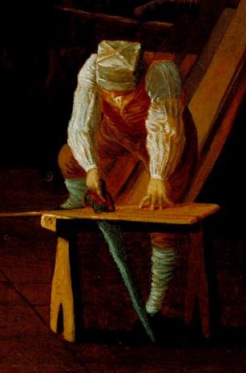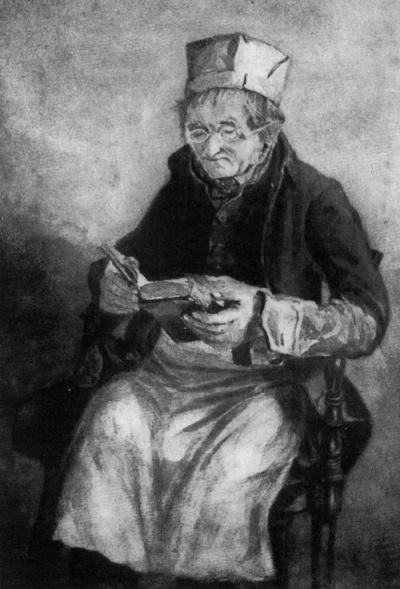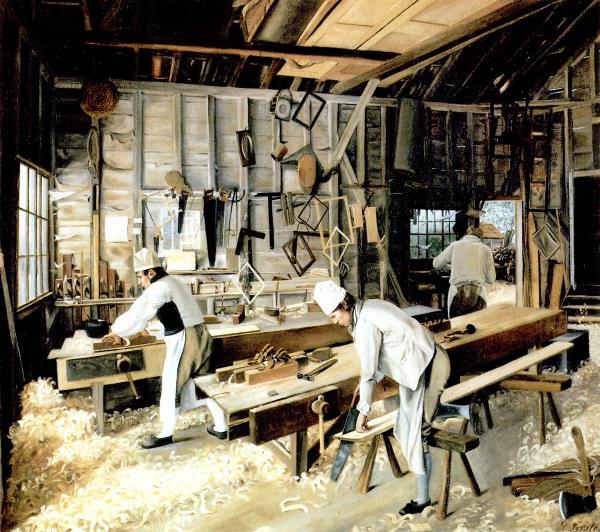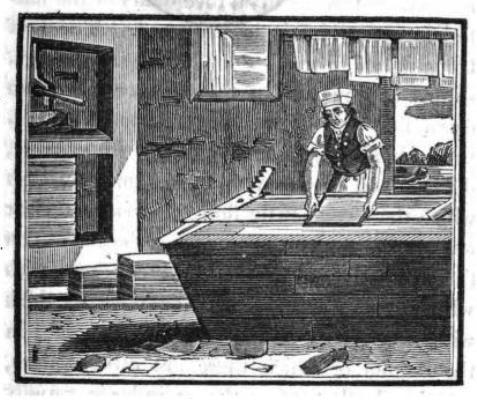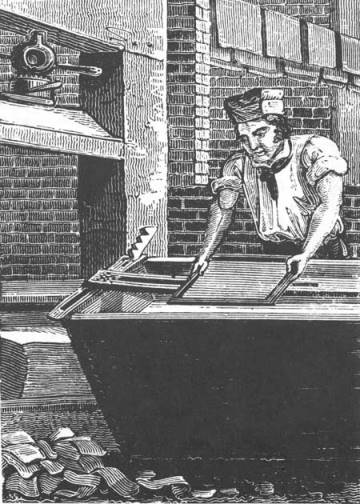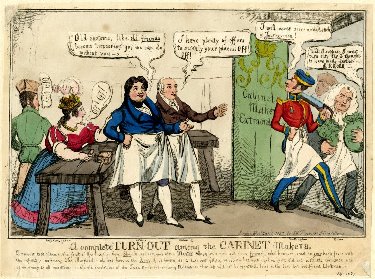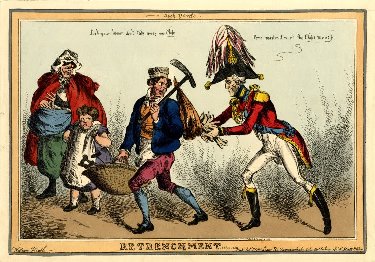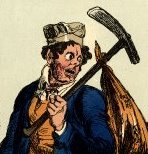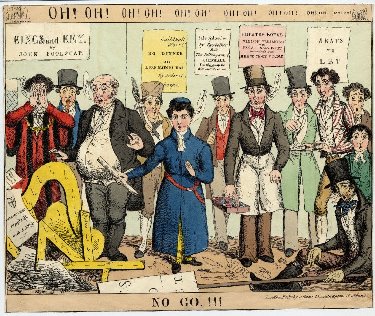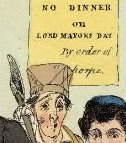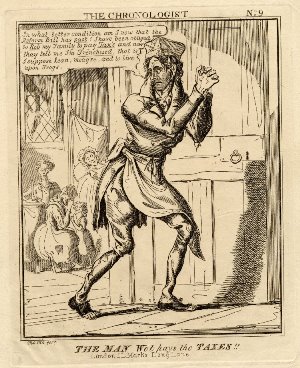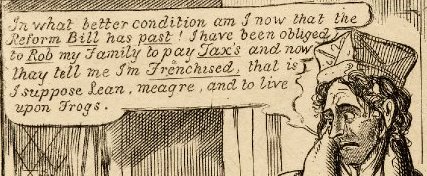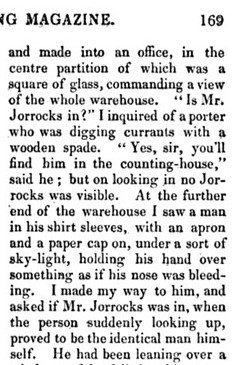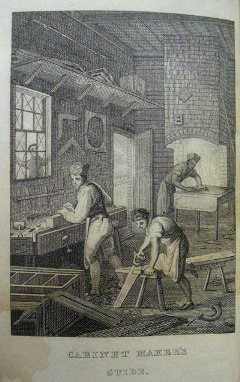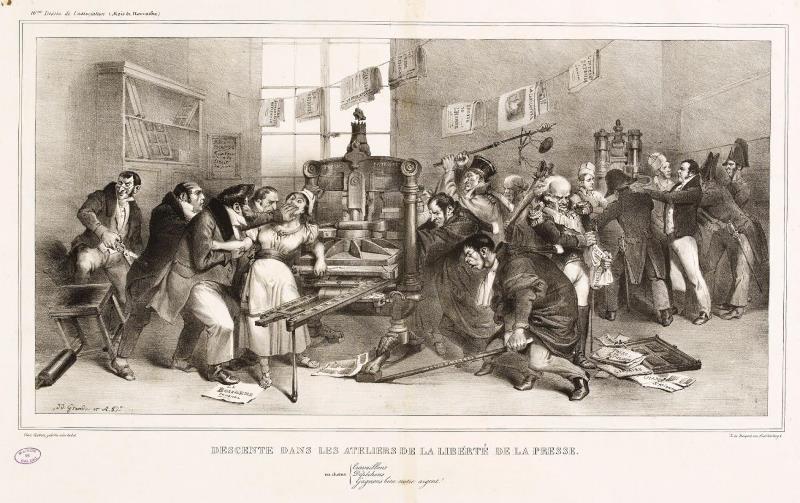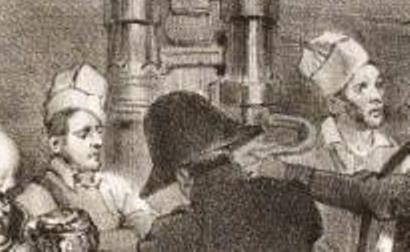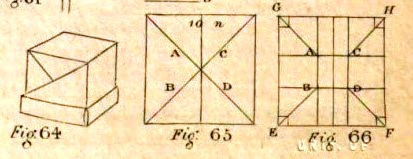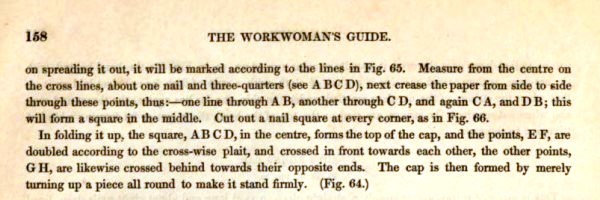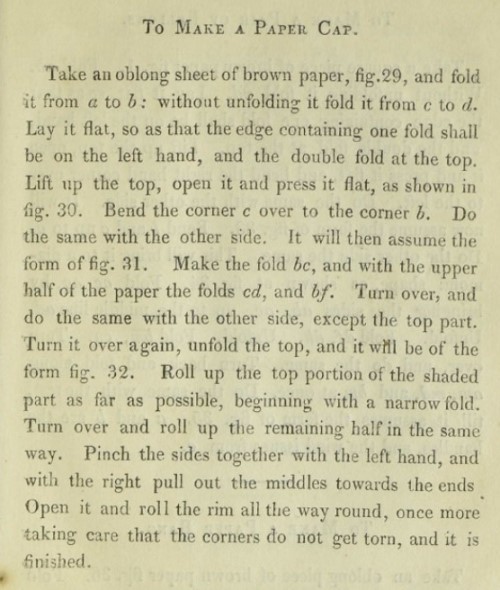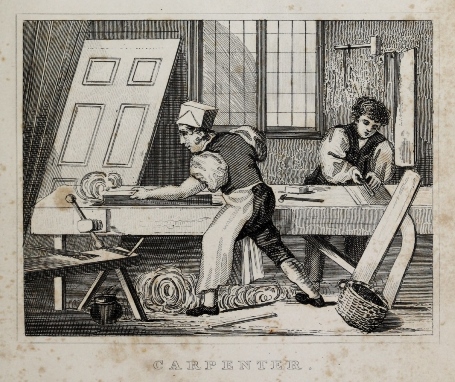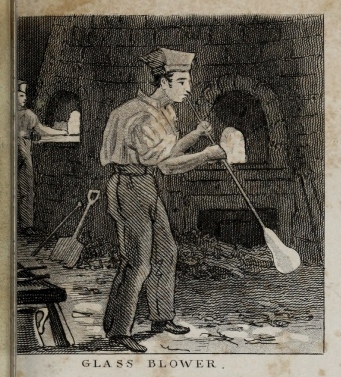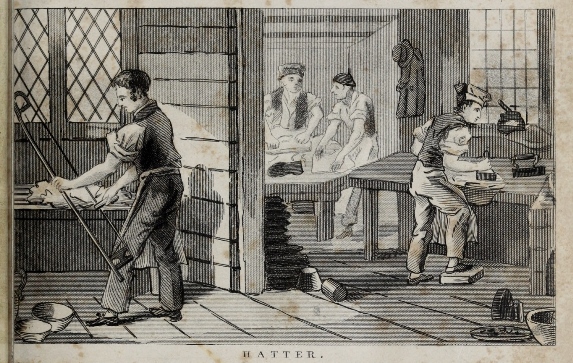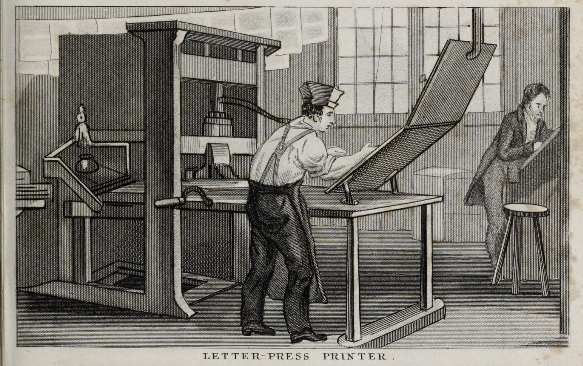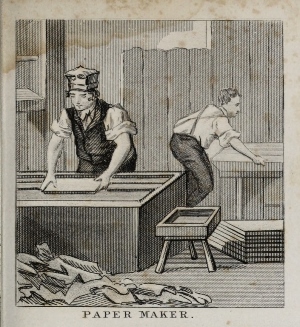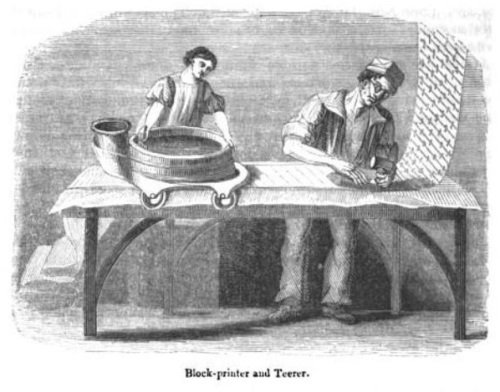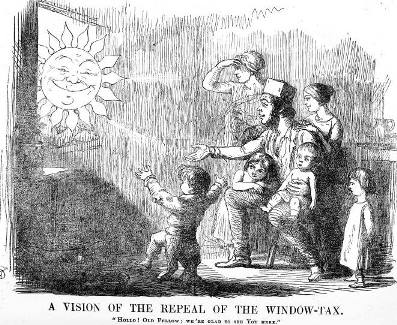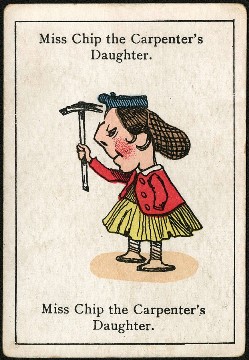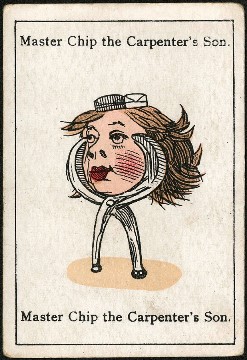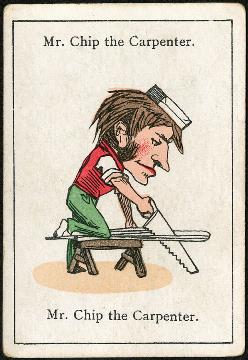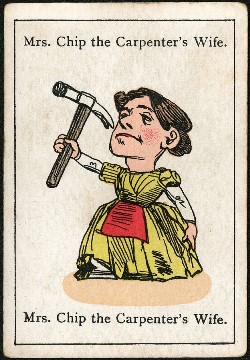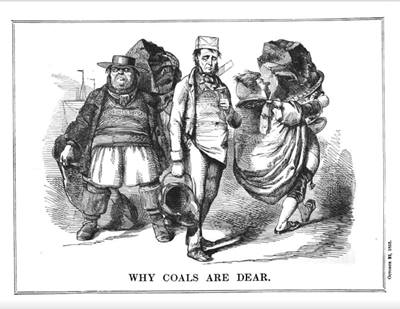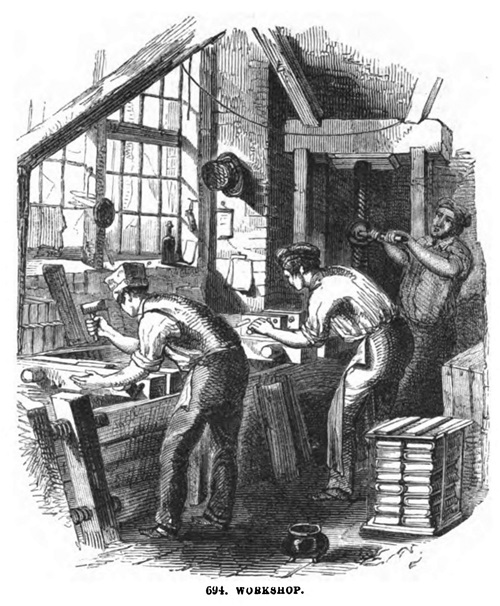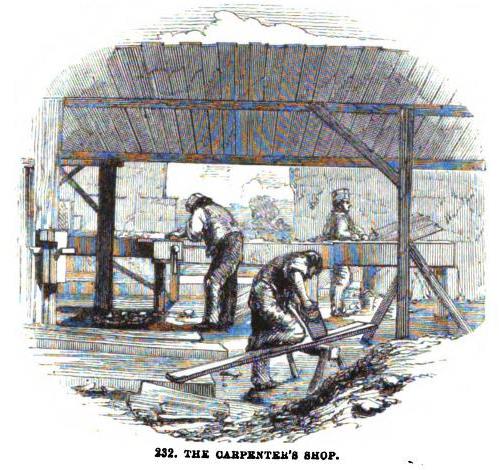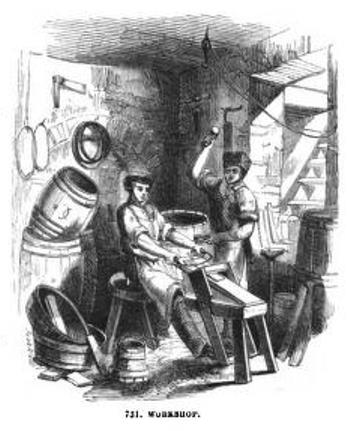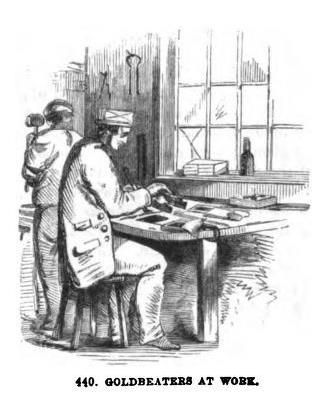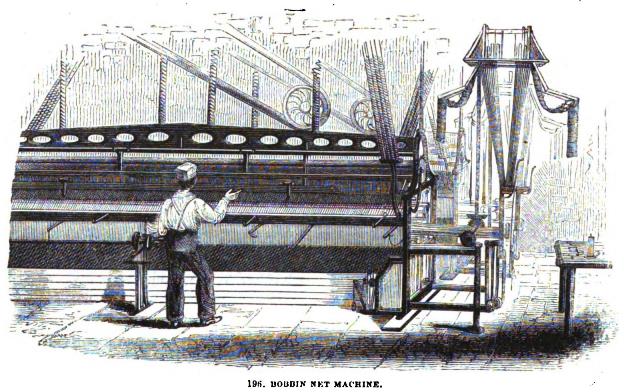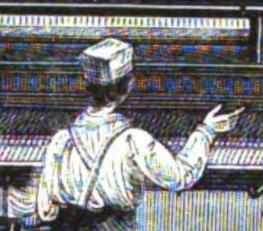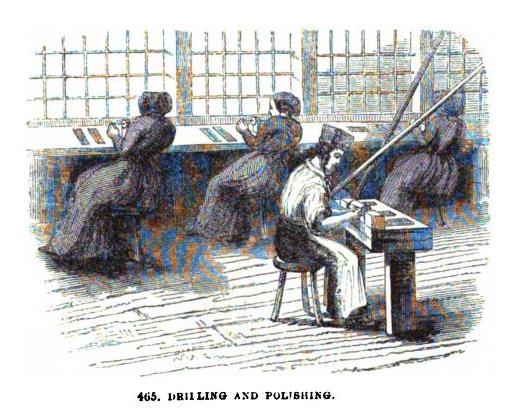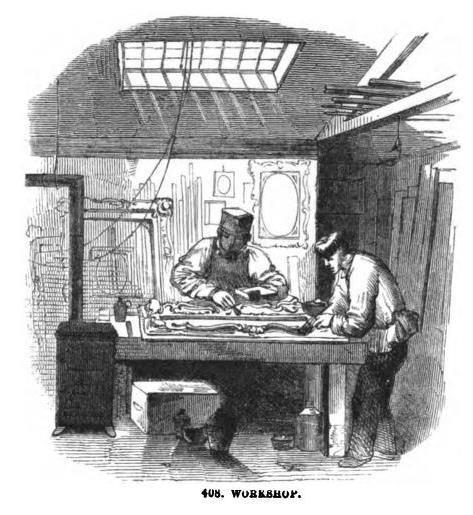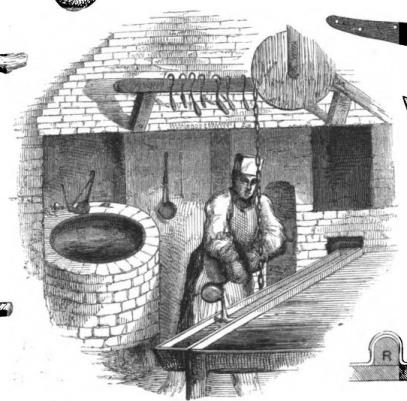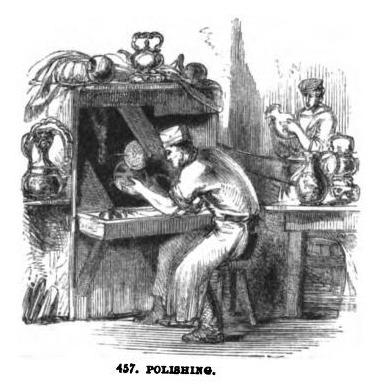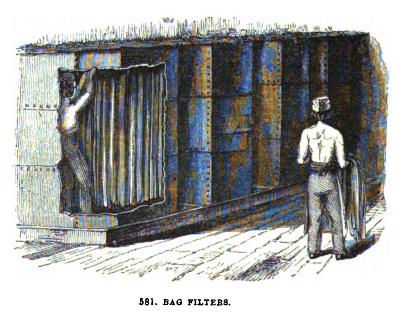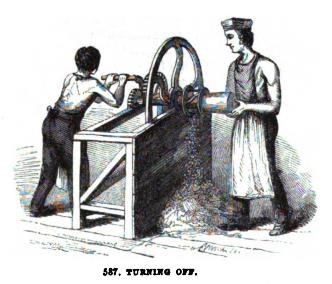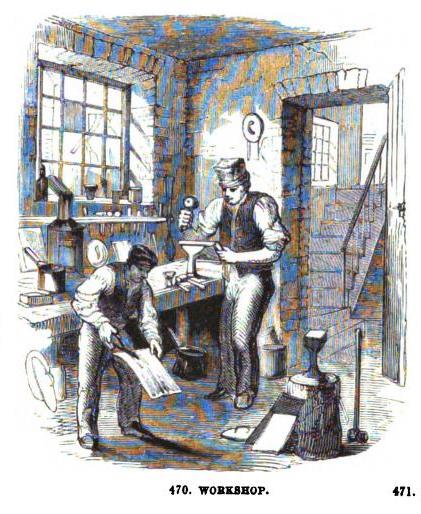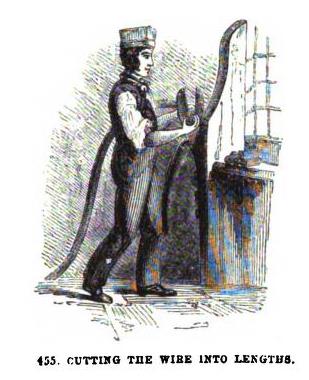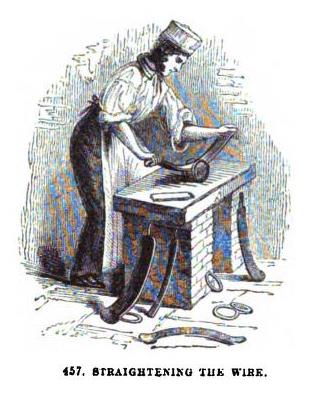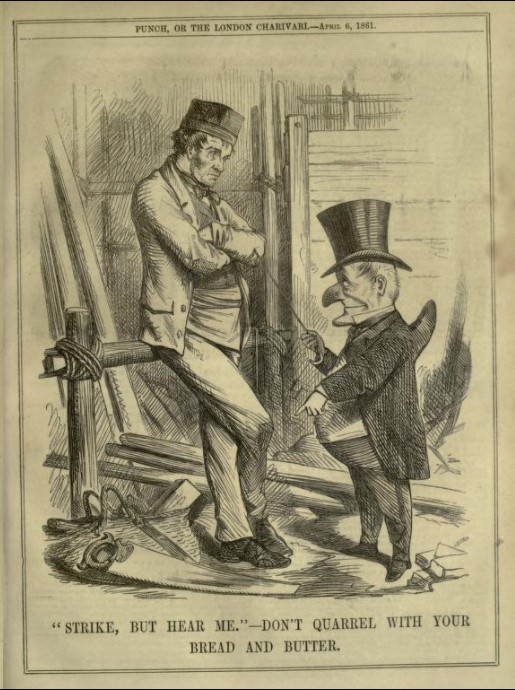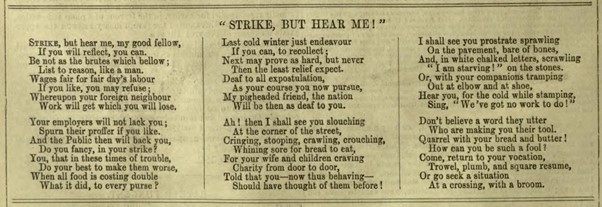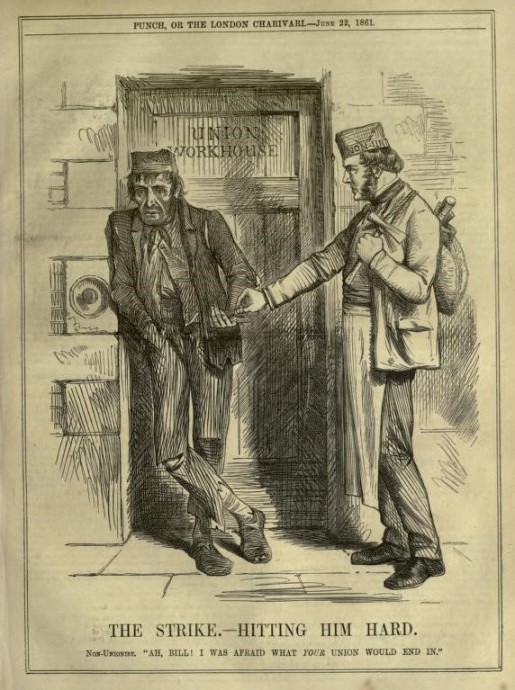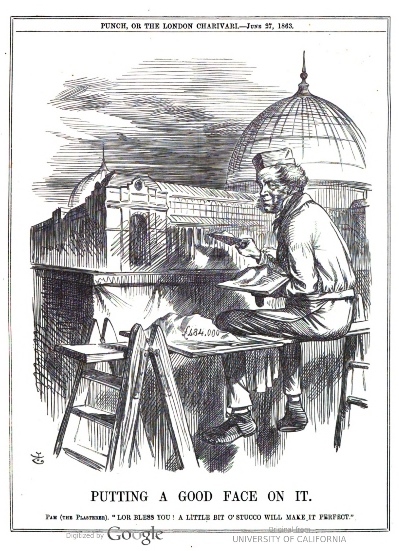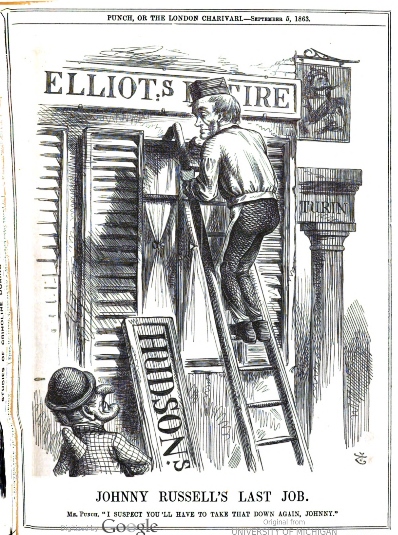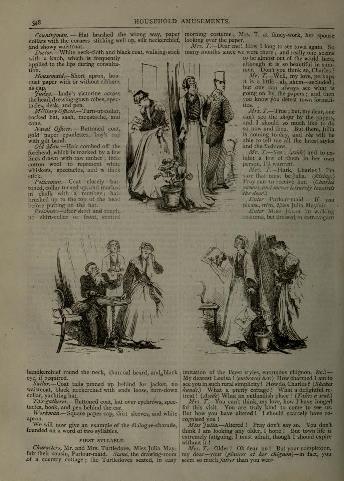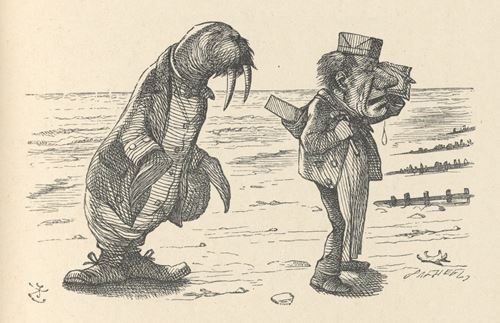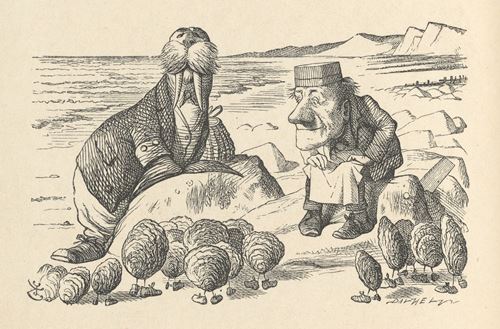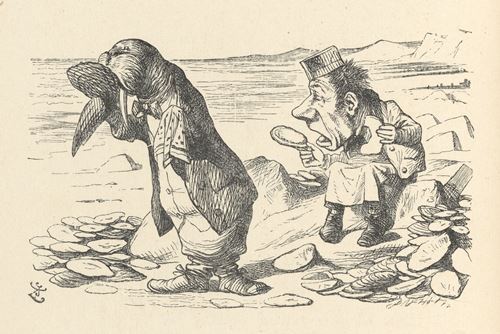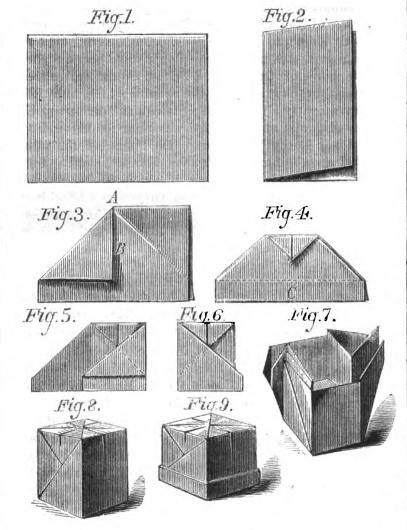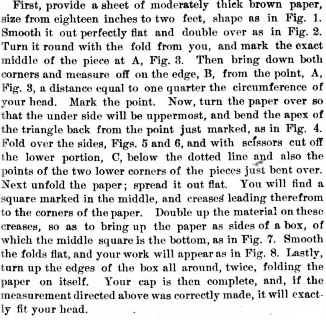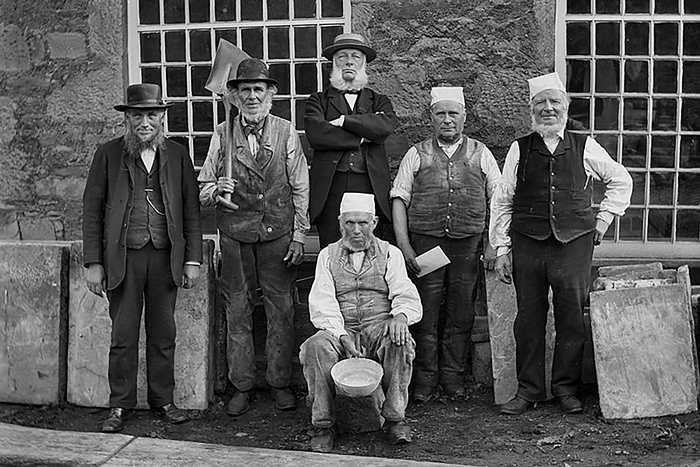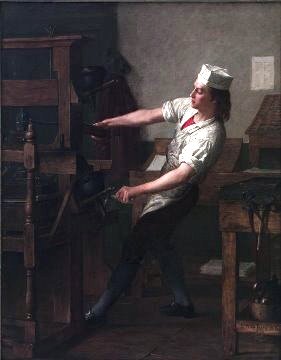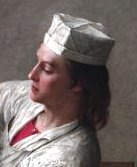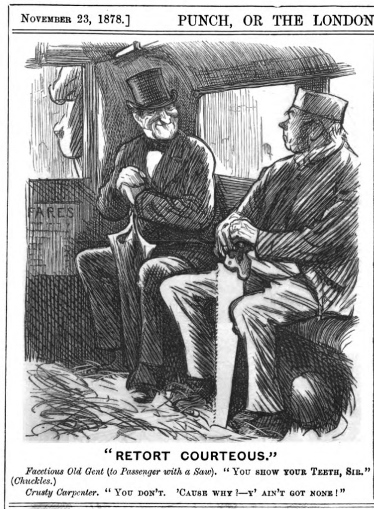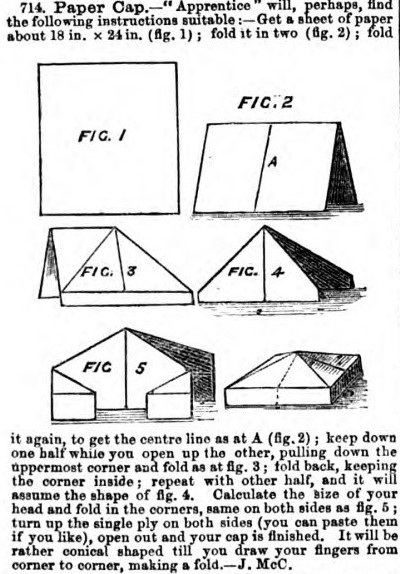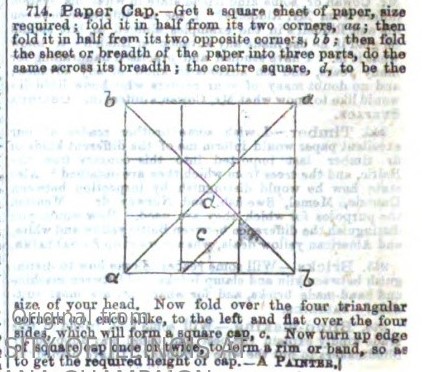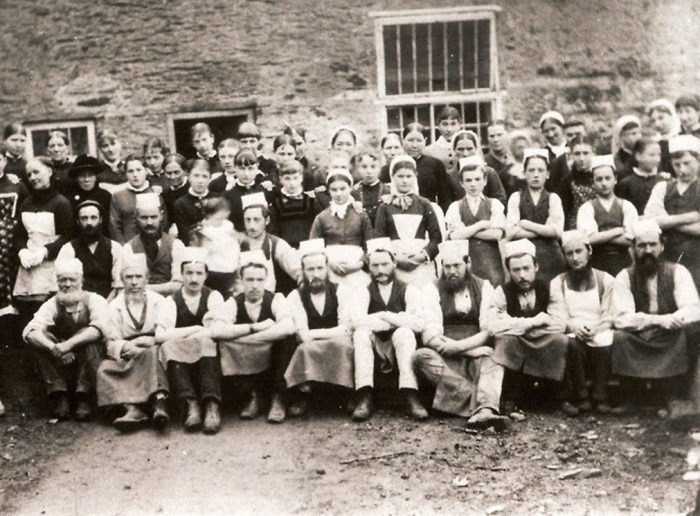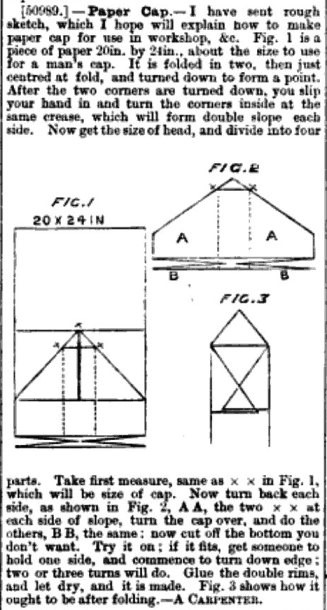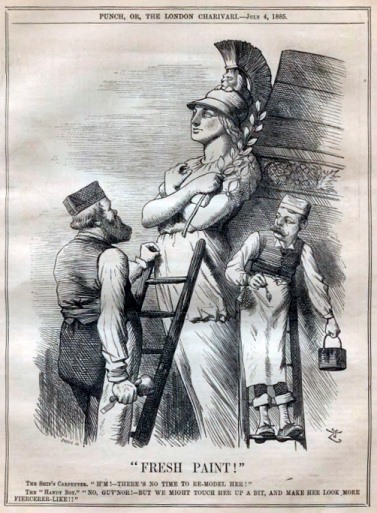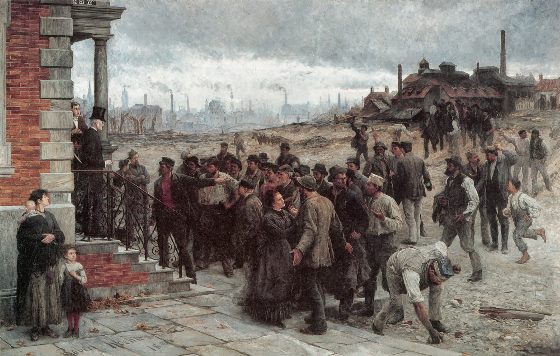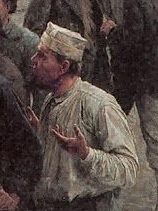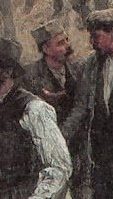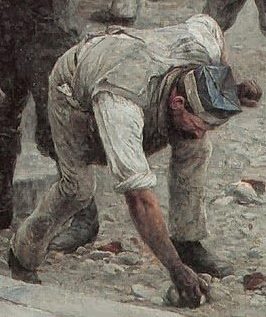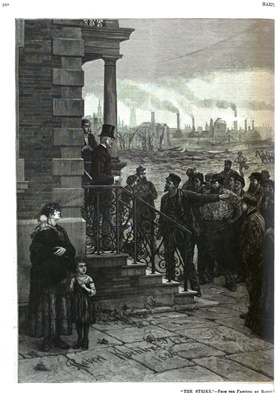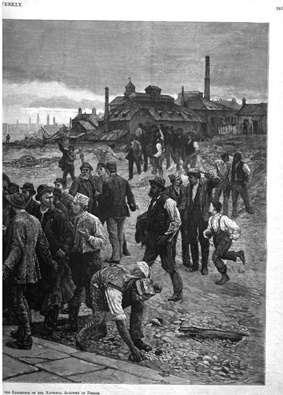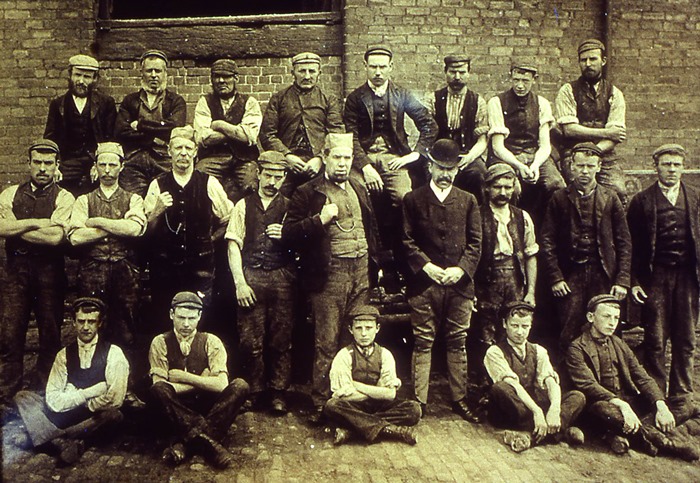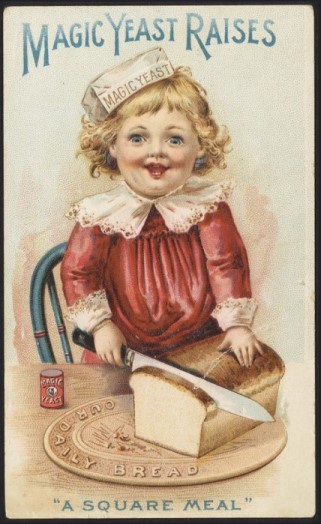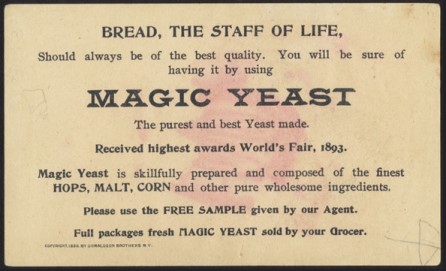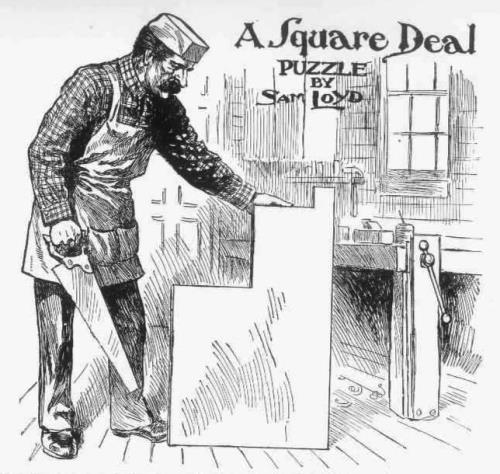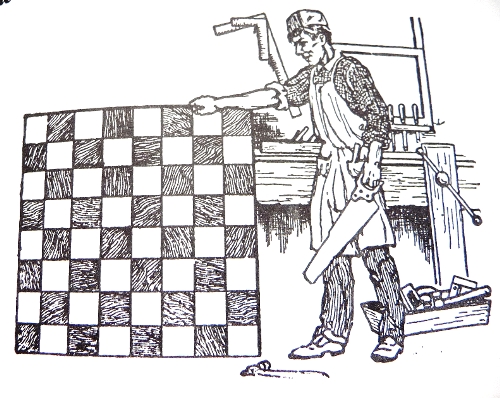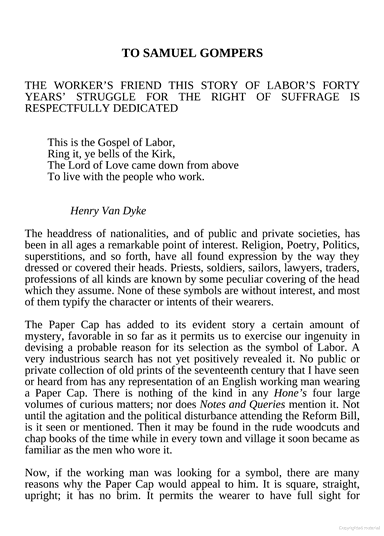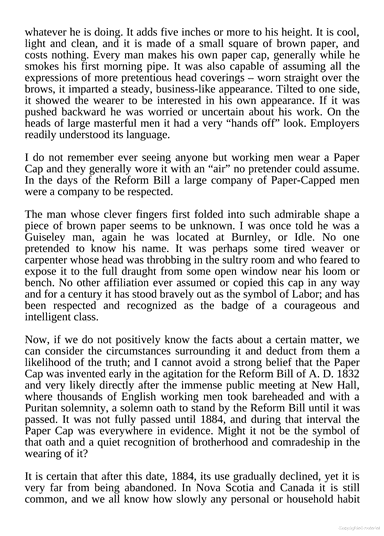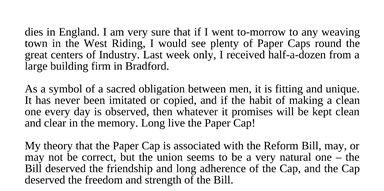| The Public Paperfolding History Project
Last updated 8/5/2025 x |
|||||||
| The Workman's Hat or Cap (aka The Carpenter's Hat or Cap) | |||||||
| This
page is being used to collect information about the
history of workmen's paper hats in general and the design
I call the Workman's Hat (aka The Carpenter's Hat) in
particular. Please contact me if you know any of this
information is incorrect or if you have any other
information that should be added. Thank you. There is a separate page for the Printer's Hat (which is developed in a different way). There seem to have been two different ways of making Workman's Hats, either from a square or an oblong. If made from an oblong, the hat can be sized to fit a particular head by folding down the top of the initial waterbomb base like area so that the crease is one quarter of the required circumference of the brim. If made from a square the circumference of the head must first be measured and the square cut to the necessary size. The sides of both types of hat are locked together by rolling the brim upwards, sometimes several times. The amount the brim is rolled up affects the apparent proportions of the design. Excess paper seems to have been commonly cut away before the brim was rolled up (which would reduce the paper to a square). It is possible that all Workman's Hats hats were originally folded from oblongs and that the square-based design was erroneously derived by unfolding an oblong-based hat from which the excess paper around the brim had previously beed removed. ********** Introduction It should not be supposed that the wearing of Workman's Hats by carpenters or other trades was ubiquitous. It is far easier to find illustrations of workmen wearing hats of other kinds, or not wearing hats at all, than it is to find illustrations of workmen wearing paper hats. In addition many illustrations show one worker wearing a Workman's Hat and others wearing some different type of headgear within a single workshop. I have only found one drawing of a female worker wearing a Workman's Hat (see entry for 1858). The best source of information on Workman's Hats that I know of (apart from this page) is 'Occupational Costume in England: From the Eleventh Century to 1914' by Phillis Cunnington and Catherine Lucas (available here), which was published by Barnes and Noble Inc in New York in 1967. Page 87 gives a list of trades known to have worn Workman's Hats and the date that this can be evidenced from, which is reproduced below. Unfortunately most of the evidence, especially the early evidence, 'taken from contemporary illustrations', on which this list is based, is not included in the book.
The book also contains reference to an advert which state 'No Paper Hats sold'. Although this is indeed curious, there does not seem to me to be any necessity to assume that the paper hats sold elsewhere were Workman's Hats. Other kinds of hats made from paper, of a much more decorative kind, were common at this period.
********** Chronology c1800 An oil painting by John Hill, dated around 1800, in the collection of the Tate Gallery in London, shows two carpenters in a workshop wearing paper hats. The picture is titled ‘Interior of the Carpenter's Shop at Forty Hill Enfield'. A label that was once pasted to the back of the original canvas (but is now separately preserved) states that it was 'painted by John Hill of Forty Hill about 1800 his first finished picture'. However it was not exhibited until 1813.
********** 1810 This painting, said to be from 1810, is of Marchant Warrell, who was the first 'paper-machine man' (ie a man in charge of a paper-making machine) and worked for the Fourdrinier brothers at Two Waters Mill in Derbyshire, wearing a Workman's Hat. The original painting is now said to be in Australia. Source: Hertfordshire Genealogy: Warrell, Hemel Hempstead, early 19th century. My thanks to Michel Grand for sharing this information.
********** 1816 In 'The Workbench Book' by Scott Landis, published by the Taunton Press in 1987, there is an illustration which reproduces an 1816 painting titled 'English Joiners at Work' by George Forster (which is held in a private collection). The hats shown in this painting are different from the normal style of Workman's Hats found in contemporary illustrations (although they seem to have been made in an essentially similar way).
********** 1819 Part 5 of 'The Sketch Book of Geoffrey Crayon, Gent' by Washington Irving, which was published by C S Van Winkle in New York in 1819, contained the following paragraph mentioning a smith wearing a 'brown paper cap'.
********** 1820 This woodprint of a papermaker is taken from 'Artificiana A Guide to the Principal Trades' which was published by Oliver and Boyd in Edinburgh in 1820. There are other woodprints in the book showing square-shaped hats worn by a hat maker, a cabinet maker and a gold beater which may quite possibly also be Workman's Hats.
********** 1821 This somewhat similar image of a papermaker wearing a Workman's Hat is said to be from an English engraving printed for F.C. and J. Rivington in 1821. Information from Michel Grand.
********** These four satirical prints from the British Museum all show workmen wearing folded paper hats. Information from Juan Gimeno / Jaume Coll Guerrero. From April 1827
********** From February 1830.
********** Also from 1830
********** From 1832
********** 1832 Vol 2 Issue 9 of the New Sporting Magazine for January 1832 contained a story by 'A Yorkshireman' entitled 'A Day at Newmarket' which contains several mentions of a grocer, John Jorrocks, wearing a paper cap. 'A Yorkshireman' was in fact Robert Smith Surtees, and the story later appeared in his book 'Jorrock's Jaunts and Jollities', first published in 1838.
********** 1833 The frontispiece to G. A. Siddon's 1833 book 'The Cabinet Maker's Guide' also shows carpenters wearing paper hats.
********** This print by Grandville, also from 1833 shows printer's wearing what appear to be workman's hats.
********** 1838 The earliest diagrams / folding instructions explaining how to fold a Workman's Hat that I am aware of appear in 'The Workwoman's Guide', which was published by Simpkin, Marshall and Co in London in 1838. Details of this source were previously published in “The Workwoman’s Guide to ‘The Working Man’s Cap’,” by Jeffery Stern and Edward Wakeling in 'The Carrollian: The Lewis Carroll Journal', no. 15 (Spring 2005): pp. 15–7. Information from Matthew Demakos.
********** 1840 Diagrams were also published in 'The School Boy's Holiday Companion' by Thomas Kentish, which was published by Relfe and Fletcher in London in 1840. Information from Matthew Demakos. In this case the design is folded from an oblong, the centre of which is folded into a waterbomb base. There is no mention in these instructions that the transverse fold can be used to size the hat. In this version the excess paper is simply rolled up inside the brim.
********** 1842 There are several illustrations of tradesmen wearing Workman's Hats in the 'Complete Book of Trades' by Whittock, Bennett and Badcock et al, which was published by Thomas Tegg in London in 1842. The trades in question are carpenter, glass-blower, hatter, letter-press printer and paper-maker.
********** This illustration of a block printer wearing a Workman's Hat can be found in an Appendix to the Second Report of the Children's Employment Commissioners published in 1842. Information from Michel Grand. It is probably not original to the work but I have not been able to locate the original source.
********** 1849/50 In his novel David Copperfield, first published in 1849/50 as a serial, Charles Dickens writes 'Hither, on the first morning of my so auspiciously beginning life on my own account, the oldest of the regular boys was summoned to show me my business. His name was Mick Walker, and he wore a ragged apron and a paper cap.' ********** 1850 This cartoon featuring a man wearing a Workman's Hat appeared in Volume 18 of the British satirical magazine 'Punch' in 1850.
********** 1851 In 1851John Jaques and Son Ltd commissioned John Tenniel to design a set of cards for a new game to be called Happy Families, which is said to have been displayed at the Great Exhibition at the Crystal Palace in London in that same year (although John Jaques and Son Ltd are not listed as contributors in the official catalogue). The set included the four cards shown below, in two of which the characters are wearing Workman's Hats. Source: Jaques’ Happy Families — The World of Playing Cards citing 'Happy Families... an old game with new faces' published in the Newsletter of the English Playing Card Society, edited by Major Donald Welsh, Vol.9 No.38, Nov.1992, pp.78-81.
********** 1853 This cartoon from the October 22nd 1853 issue of the British satirical magazine 'Punch' shows a carpenter (note the saw on his shoulder) wearing a Workman's Hat. (Information from Juan Gimeno)
********** 1856 This picture of a carpenter wearing a Workman's Hat is from the magazine 'British Workman' vol 1, nº 12 of 1856. Information from Juan Gimeno.
********** 1858 There are several illustrations of tradesmen wearing Workman's Hats in 'Illustrations of Useful Arts, Manufactures and Trades' by Charles Tomlinson, which was published by the Society for the Promotion of Christian Knowledge in 1858. My thanks to Michel Grand for drawing this book to my attention. The Bookbinder
*** Carpenter
*** Cooper
*** Goldbeater
*** Lace Maker
*** Needle Maker (Note
that this is the only illustration I have found showing a
female worker wearing a Workman's Hat) *** Picture Frame Gilder
*** Plumber
*** Printer
*** Silversmith
*** Sugar Workers
*** Tinman
*** Wire Workers
********** 1859 In the opening paragraph of her novel 'Adam Bede', first published in 1859 but set in 1799, George Eliot wrote, ' In his tall stawaltness, Adam Bede was a saxon, and justified his name; but the jet-black hair, made more noticeable by its contrast with the light paper cap, and the keen glance of the dark eyes ...' and in the next paragraph describes Adam's brother Seth, stating that 'He has thrown off his paper cap, and you see that his hair is not thick and straight ...' ********** 1861 'Punch' magazine of April 6th 1861 contained a cartoon showing a workman wearing a paper hat being given rather reactionary advice by Mr Punch.
*** A second similarly themed cartoon appeared in the issue of 'Punch' for June 22nd 1861.
********** 1863 This cartoon by John Tenniel appeared in Punch of June 27, 1863.
********** This cartoon by John Tenniel appeared in Punch of September 5th 1863.
********** 1867 This illustration showing printer's wearing Workman's Hats is stated to be from the Graphic in 1867. ********** 1869 Volume 1of 'Cassell's Household Guide', first published in this year, contains mention of a square paper cap as one of the identifying features of the appearance of a Workman in a description of how to play Acted Charades.
********** 1872 These 1872 illustrations by John Tenniel for the Lewis Carroll poem 'The Walrus and the Carpenter' show the carpenter wearing a Workman's Hat.
********** The December 1872 issue of Scientific American included these diagrams for making a protective paper cap from a sheet of brown paper. They include a way of sizing the hat to a particular head. Excess paper is cut away before the brim is rolled upwards. If the excess paper were cut off, the hat finished, then unfolded, the crease pattern would resemble that shown in the 1838 instructions above.
********** 1875 This photo, taken in 1875, shows papermill workers at Withnell Fold wearing Workmen's Hats. Information from Mike Malley.
********** 1876 This painting from 1876 by Enoch Wood Perry titled 'Young Franklin at the Press' shows a young Benjamin Franklin wearing a workman's paper hat. This may well be a historical anachronism.
********** 1878 A cartoon of a carpenter wearing a paper hat appeared in the magazine Punch of November 23rd 1878. (Information from Juan Gimeno)
********** The issue of 'The Illustrated Carpenter and Builder' for January 11, 1878 (p 28) contains instructions for making a Workman's Hat. Information from Matthew Demakos. In this verson the excess paper isfolded into the brim. Although the instructions say 'Calculate the size of your head and foldin the corners ...' no method of achieving the desired size is given.
********** The issue of 'The Illustrated Carpenter and Builder' for February 1, 1878 (p74) also contains instructions for making a Workman's Hat. Information from Matthew Demakos. This versionbegins from a square and uses division into thirds to establish the size of the brim.
********** 1881 This photo, taken in 1881, shows papermill workers at Tuckenhay wearing Workmen's Hats. Information from Mike Malley.
********** 1883 The issue of 'English Mechanic and World of Science' for August 24, 1883 (p581) also contains instructions for making a Workman's Hat. Information from Matthew Demakos. This version includes the method of sizing the hat to fit. The excess paper is cut away. The writer recommends getting anotherperson to help with the rolling up of the brim and that the brim should be glued in place.
********** 1885 This cartoon titled " Fresh paint!" and representing Lord Salisbury and Lord Randolph Churchill painting a statue representing Britain after the absorption by the state of the East India Company was published in 'Punch' on 4th July 1885. (Information from Juan Gimeno)
********** 1886 The German born Robert Koehler, who spent time in America, painted this famous work, 'The Strike', in Munich in 1886, Although painted in Germany the picture is set in America. It includes three figures wearing Workman's Hats, one of whom is bending down to pick up a rock, presumably to throw at the top-hatted figure on the left. The hat this bent-over figure is wearing appears to be made from paper which is blue on one surface and white on the other. I do not know if there is any particular significance to this. The work was heavily restored in 1971 and is now in the Deutsches Historisches Museum in Berlin. I learned of the existence of this picture from Juan Gimeno.
The history and significance of the painting is discussed in James M. Dennis 'The Strike: The Improbable Story of an Iconic 1886 Painting of Labor Protest', University of Wisconsin Press, 2011. In her review of the book Melissa Dabakis writes inter alia 'Displayed in New York at the National Academy of Design in April 1886, the painting took on a broader significance when viewed within the context of contemporary labor concerns. A reproduction of the work appeared as a two-page engraving in the May 1, 1886, issue of Harper’s Weekly, referencing the demonstrations taking place across the country in support of the eight-hour work day. The engraving reached the homes of middle-class readers with the news of the notorious Haymarket bombing that had taken place on May 4. At this historical juncture, the painting and engraving produced a record of class tensions rarely addressed in American visual culture.' (www.caareviews.org/reviews/1787#.XlEldG52uUk)
********** 1890 This photo, taken in 1890, shows papermill workers at Rivelin, three of whom are wearing Workmen's Hats. Information from Mike Malley.
********** 1891 An article titled 'How to Boil Water in a Paper Bag' published in 'The Boy's Own Paper' of 24th January 1891 states that the author has previously succeeding in boiling water 'In a bag made of cartridge paper or writing paper ... but up to an evening or so ago we had always folded the paper like a printer's or carpenter's cap'. ********** 1893 There is a reference to an apprentice typographer wearing a paper cap in 'Longues et Briefs' by François Coppée, published in 1893. (Information from Juan Gimeno.) In the original French: 'Si quelqu'un lui avait dit alors que cette satisfaction instinctive lui était commune avec l'apprenti typographe en bonnet de papier qui faisait une glissade sur le ruisseau gelé d'en face, M. Godefroy eût été profondément choqué.' In English: 'If someone had told him that this instinctive satisfaction was common to both him and the apprentice typographer in a paper cap, who was sliding on the frozen stream opposite, Mr. Godefroy would have been deeply shocked.' ********** 1896 A Workman's Hat is featured on a trade card for Donaldson Brothers 'Magic Yeast' from 1896.
********** 1914 Sam Loyd's 'Cyclopedia of Puzzles', which was published by The Lamb Publishing Company in New York in 1914 contains two illustrations of carpenter's wearing Workman's Hats. Information from Michel Grand.
********** 1918 The introduction to the novel 'The Paper Cap' by Amelia Barr, which was published in 1918, associates the Workman's Hat with the Reform Bill of 1832. I cannot, however, find any other evidence to support this view.
********** 1926 In his book 'The Days of Dickens', published in 1926, the author, Arthur L Hayward, writes:
********** 1939 Instructions for folding a Workman's Hat from a suitably sized square appeared in The (Montreal) Gazette of 31st March 1939.
********** |
|||||||
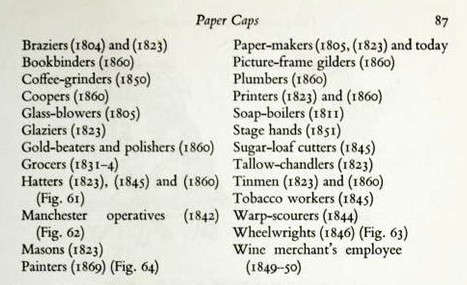

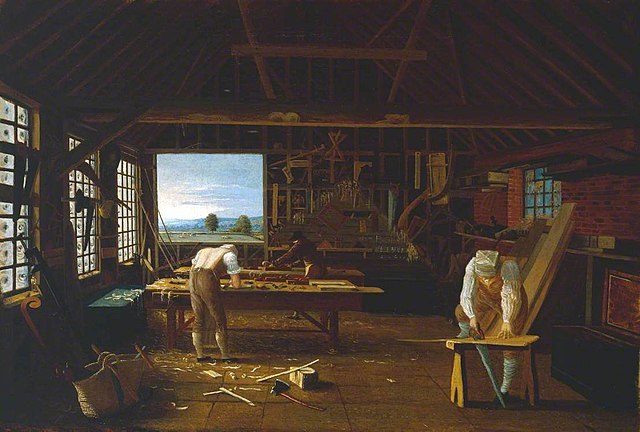 a
a